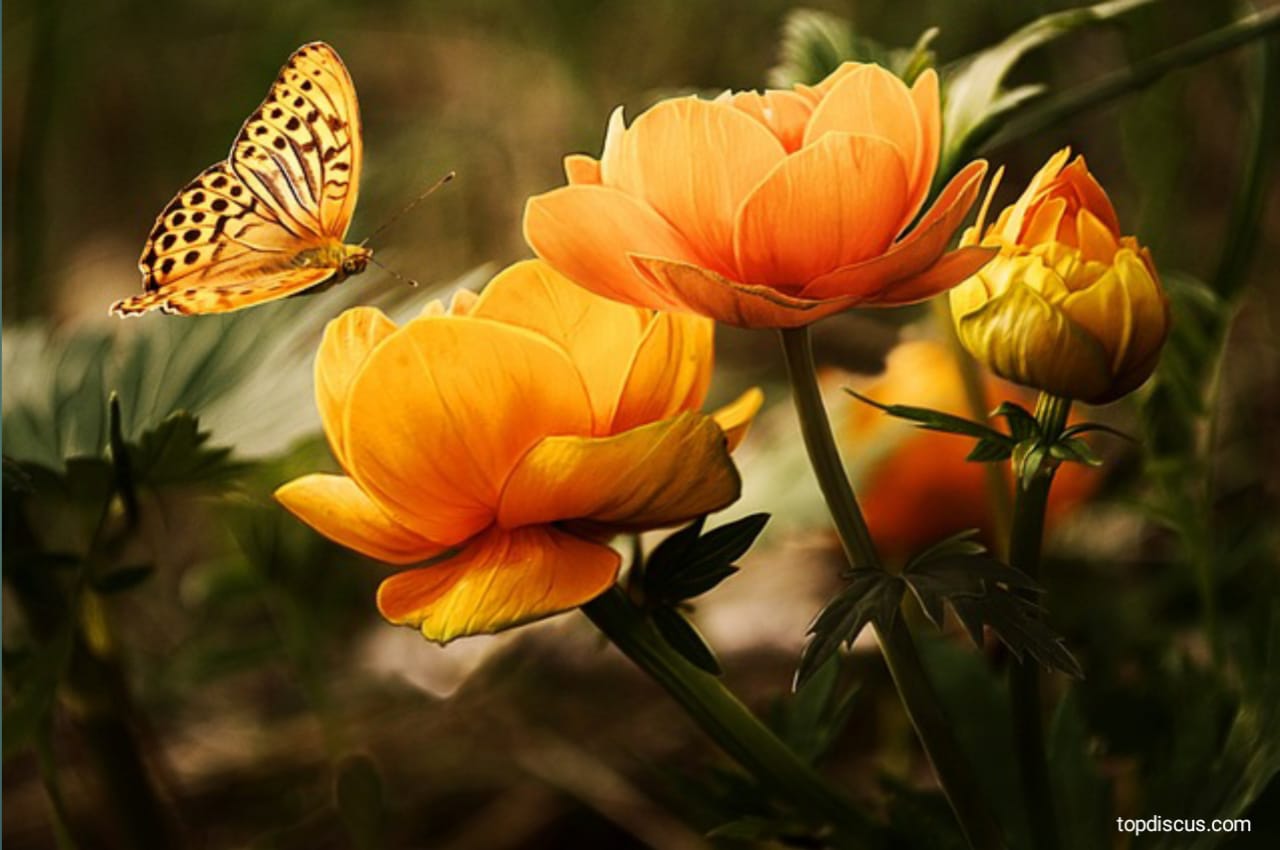Beautiful Flowers are the jewels of the natural world, enchanting us with their vibrant colors, diverse shapes, and aromatic scents. Each bloom tells a story — a tale of love, growth, and the fleeting beauty of life. This guide is an ode to some of the most exquisite flowers, offering a deeper understanding and newfound appreciation for these floral marvels.
We Have Described Below the Top 10 Most Beautiful Flowers Species:
-
The Rose
-
The Orchid
-
The Tulip
-
The Sunflower
-
The Lily
-
The Lotus
-
The Peony
-
The Daisy
-
The Hydrangea
-
The Cherry Blossom
1. The Rose, Queen of the Garden:
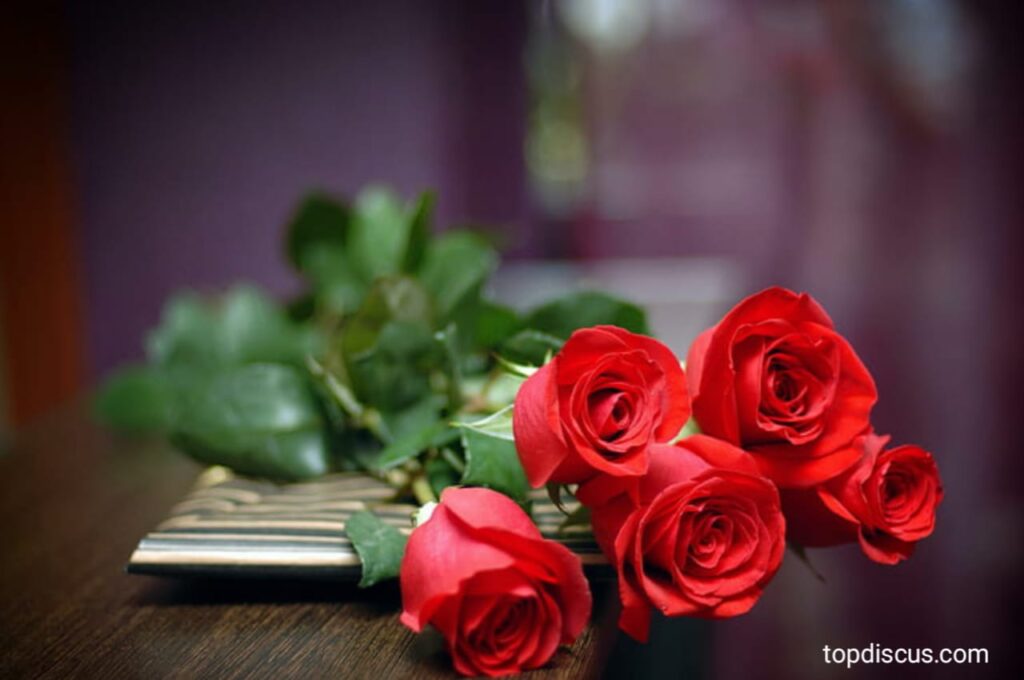 The rose reigns supreme in the world of flowers, capturing hearts with its velvety petals and enchanting fragrance. With thousands of varieties, from classic reds to the most avant-garde hybrids, roses symbolize everything from passion to purity. Among them are heirloom roses, like the ‘Madame Isaac Pereire,’ and modern types like the vibrant ‘Hot Cocoa.‘
The rose reigns supreme in the world of flowers, capturing hearts with its velvety petals and enchanting fragrance. With thousands of varieties, from classic reds to the most avant-garde hybrids, roses symbolize everything from passion to purity. Among them are heirloom roses, like the ‘Madame Isaac Pereire,’ and modern types like the vibrant ‘Hot Cocoa.‘
“Click Here To Visit Our Homepage”
Tips for Growing Roses:
Roses are famously finicky, but they flourish with just the right care — proper spacing, sunlight, and pruning. For the novice gardener, a good start is the ‘Knock Out’ series, known for its resilience. Roses have a rich language of their own, with each hue carrying a unique message. Red for love, yellow for friendship, and white for purity — it’s a spectrum of emotions that transcend verbal expression.
2. The Orchids, Elegance in Every Sprout:
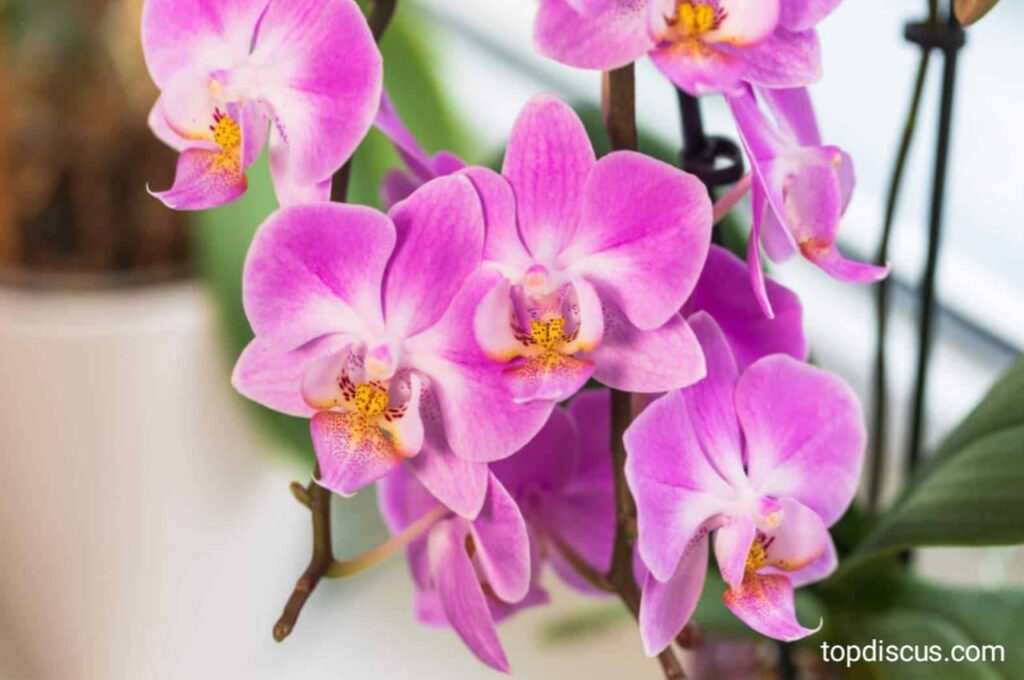 Orchids are intricate masterpieces, known for their captivating symmetry and long, delicate stems.
Orchids are intricate masterpieces, known for their captivating symmetry and long, delicate stems.
Highly adaptive, orchids can be found in nearly every climate. They can live on trees, rocks, or even in the soil. Perhaps the most emblematic is the Moth Orchid, or Phalaenopsis, a popular choice for its longevity and ease of care. Caring for orchids can be a rewarding challenge. They require specific watering, humidity, and gentle handling. But the moment their elaborate blossoms open, the dedication pays off in full. Beautiful Flowers
Orchids in Cultures Worldwide:
Orchids are not only a visual feast but also carry deep cultural significance. In ancient Greece, they were a symbol of fertility, while in China, they represented refinement and virtue.
3. The Tulip, A Dutch Delight:
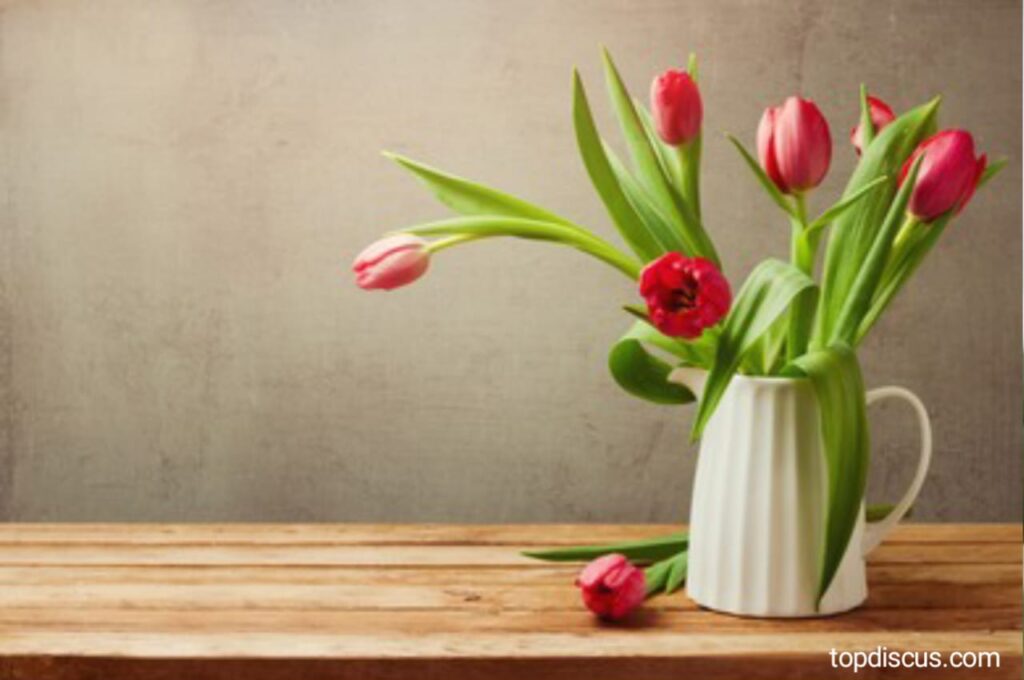 Tulips are the embodiment of spring, offering a riot of colors after the dreary winter months.
Tulips are the embodiment of spring, offering a riot of colors after the dreary winter months.
Originating from Central Asia, tulips soared in popularity in the 1600s during the Dutch Golden Age, leading to “tulip mania.” Today, they are a staple of Dutch culture, celebrated annually in the Keukenhof Gardens. Red tulips echo the fiery passion, white signifies forgiveness and purple represents royalty. There’s a shade for every sentiment, making tulips the ideal gift for any occasion. Beautiful Flowers
Tulips A Global Phenomenon:
From the Ottoman Empire, where they once served as a symbol for the Sultan, to the contemporary streets of Istanbul, where they bloom en masse, tulips have a timeless, global appeal.
4. The Sunflower, Nature’s Smiling Face:
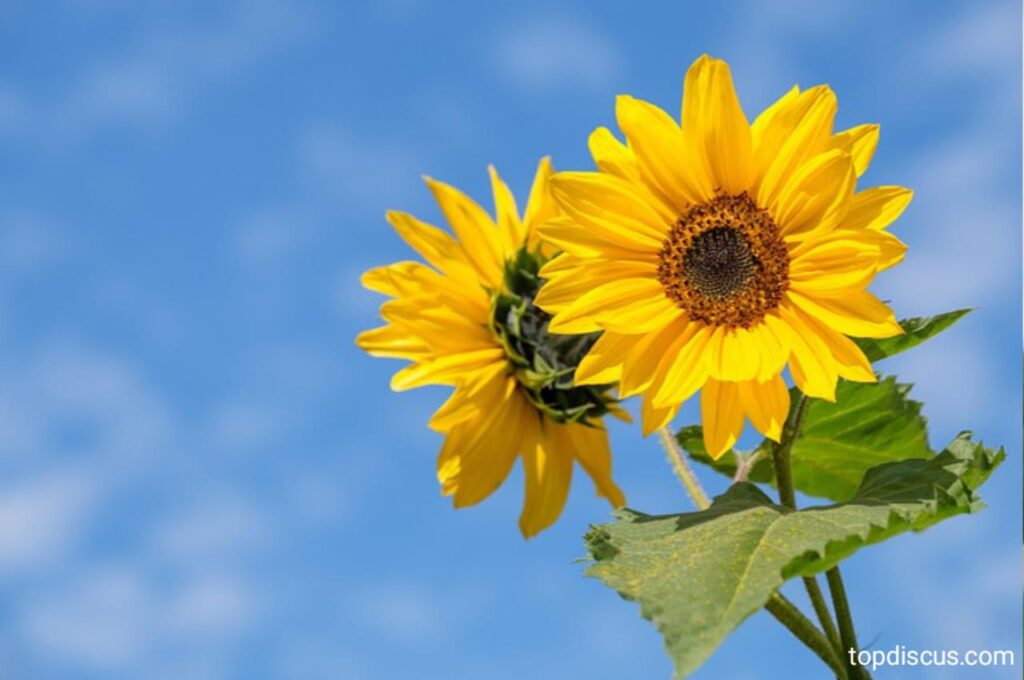 Synonymous with warmth and happiness, the sunflower stretches to the sky, mirroring the sun’s radiant glory.
Synonymous with warmth and happiness, the sunflower stretches to the sky, mirroring the sun’s radiant glory.
With their large, brown centers and bright yellow petals, sunflowers are as recognizable as they are beautiful. However, there are also other varieties, like the ‘Moulin Rouge,’ with deep burgundy petals.
The Many Uses of Sunflowers:
Beyond their aesthetic appeal, sunflowers serve a practical purpose. With their seeds providing a source of oil and their stalks used for animal fodder, they embody the concept of “utility with a smile. Sunflowers have found their way into art and literature, famously in Vincent van Gogh’s paintings and Emily Dickinson’s poetry. They symbolize loyalty and adoration, making them a favorite among romantics. Beautiful Flowers
5. The Lily, Elegance and Purity:
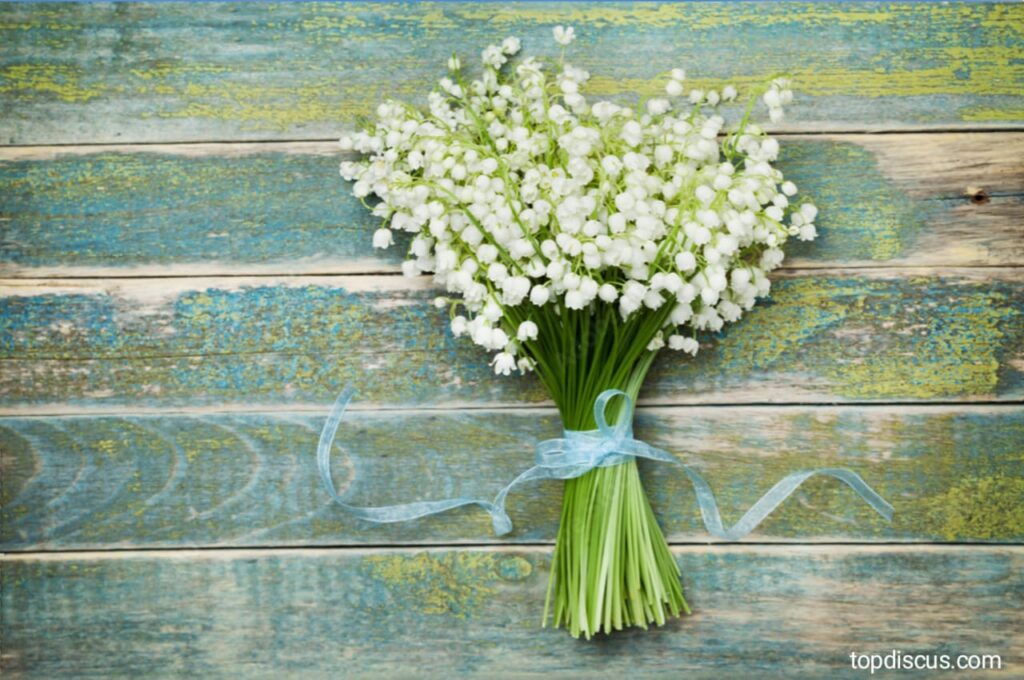 Lilies exude understated elegance and come in a variety of shapes and colors, each with its charm and character. From the classic Easter Lily to the graceful Stargazer, lilies offer a spectrum of colors and unique patterns. The Calla Lily, not a true lily, is famous for its elegant, trumpet-shaped blooms.
Lilies exude understated elegance and come in a variety of shapes and colors, each with its charm and character. From the classic Easter Lily to the graceful Stargazer, lilies offer a spectrum of colors and unique patterns. The Calla Lily, not a true lily, is famous for its elegant, trumpet-shaped blooms.
Lilies are renowned for their intoxicating scents that vary from sweet to spicy, depending on the species. In Victorian times, the language of flowers conveyed that a gift of lilies symbolizes purity and refined beauty. Spiritual Symbolism Lilies hold profound spiritual connotations, often representing rebirth and a return to innocence. They are frequently associated with religious ceremonies and are a herald of spring.
6. The Lotus, A Pinnacle of Serenity:
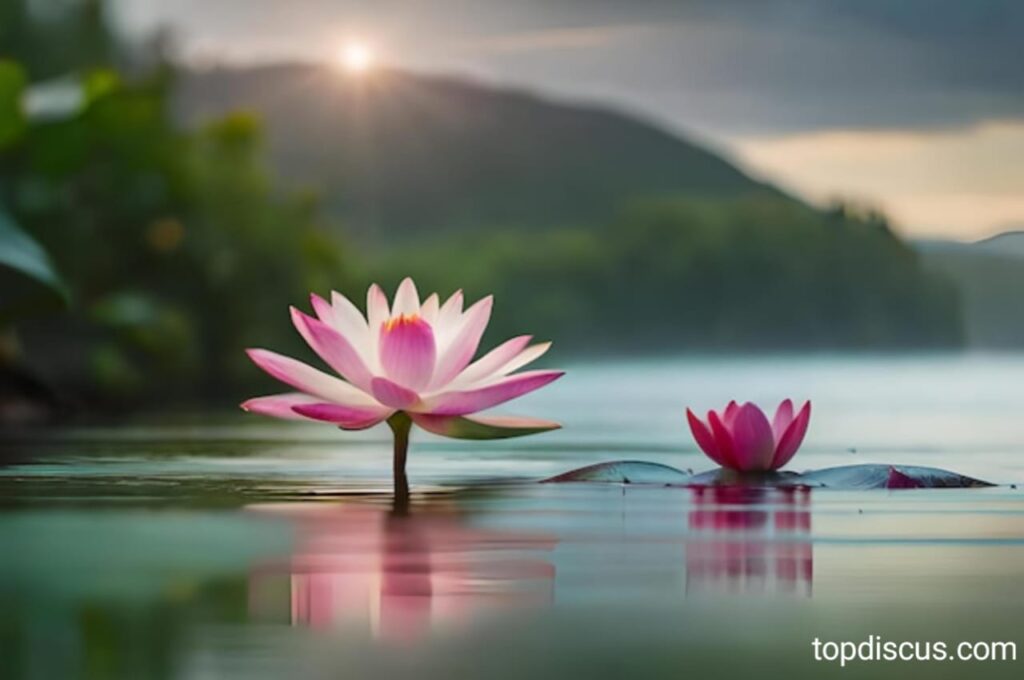 The lotus, a flower that grows in adverse conditions, epitomizes beauty that emerges from life’s muddy waters.
The lotus, a flower that grows in adverse conditions, epitomizes beauty that emerges from life’s muddy waters.
Deeply rooted in Eastern cultures, the lotus is revered as a symbol of purity, spiritual awakening, and rebirth. It is a prominent motif in Hindu, Buddhist, and Egyptian mythologies.
The lotus has been a muse for art, inspiring poetry, paintings, and classical dance forms. It signifies divine beauty and grace in the story of the goddess Lakshmi in Hinduism Lotus flowers are known for their fascinating reproductive cycle. They bloom in the day and close at night, each giant bud revealing a spiral pattern that captivates the eye. Beautiful Flowers
7. The Peony, A Bouquet of Abundance:
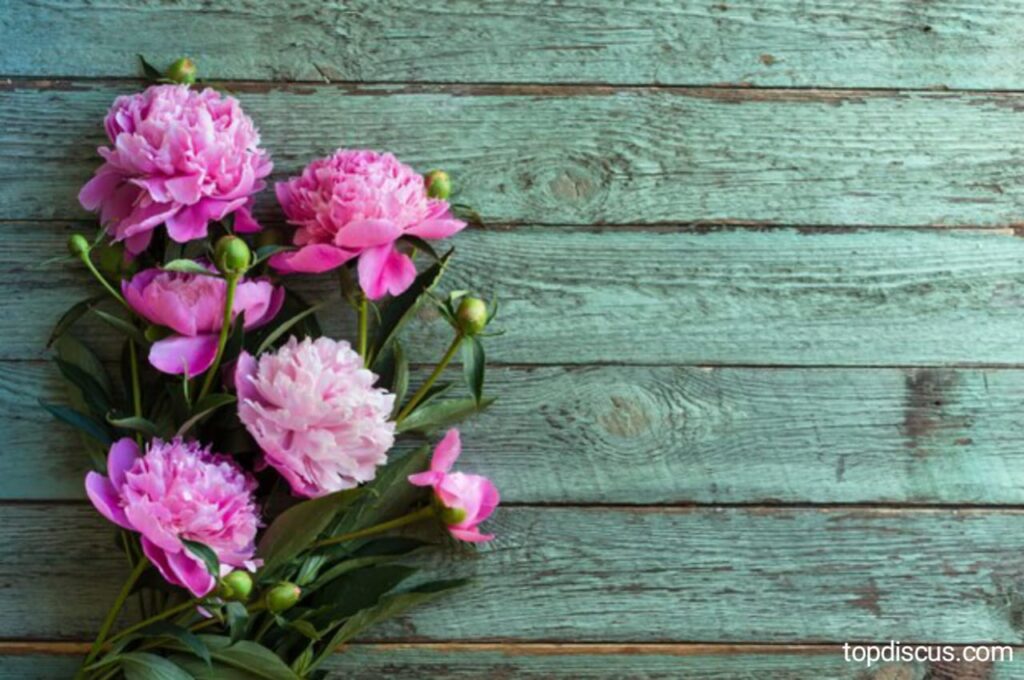 With their lush, layered petals, peonies are a symbol of luxury, good fortune, and a bountiful life.
With their lush, layered petals, peonies are a symbol of luxury, good fortune, and a bountiful life.
Peonies are the aristocrats of the floral world, with some varieties boasting up to a hundred petals per bloom. The ‘Sarah Bernhardt’ is a favorite for its sweet fragrance and luscious pink petals.
Peonies bloom in late spring to early summer, making them a highly anticipated seasonal delight for flower enthusiasts and brides alike. In Chinese culture, the peony is the national flower and a symbol of prosperity. It also has a rich history in Greek mythology, where it’s associated with the healing deity, Paeon.
8. The Daisy, An Emblem of Innocence:
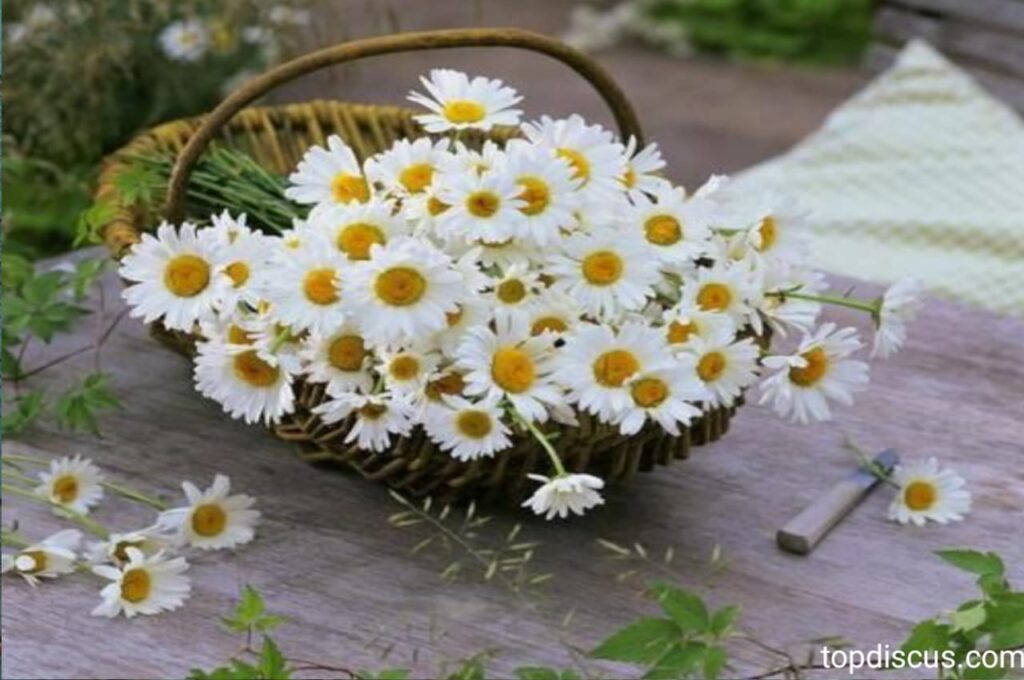 The daisy’s simple structure belies its complex symbolism, which encompasses purity, new beginnings, and the innocence of youth. The daisy goes by many names — “day’s eye” for its habit of closing at night and opening in the morning, “marguerite” in French, and “gänseblümchen” in German, meaning “little goose flower.
The daisy’s simple structure belies its complex symbolism, which encompasses purity, new beginnings, and the innocence of youth. The daisy goes by many names — “day’s eye” for its habit of closing at night and opening in the morning, “marguerite” in French, and “gänseblümchen” in German, meaning “little goose flower.
Daisies are robust, versatile flowers that grow in a variety of climates. They thrive in both wild meadows and tidy gardens, often naturalizing in the most unexpected places. From daisy chains made by children in meadows to the “loves me, loves me not” game, daisies have an enduring presence in cultural practices and literature, often representing the purity of love. Beautiful Flowers
9. The Hydrangea, A Testament to Diversity:
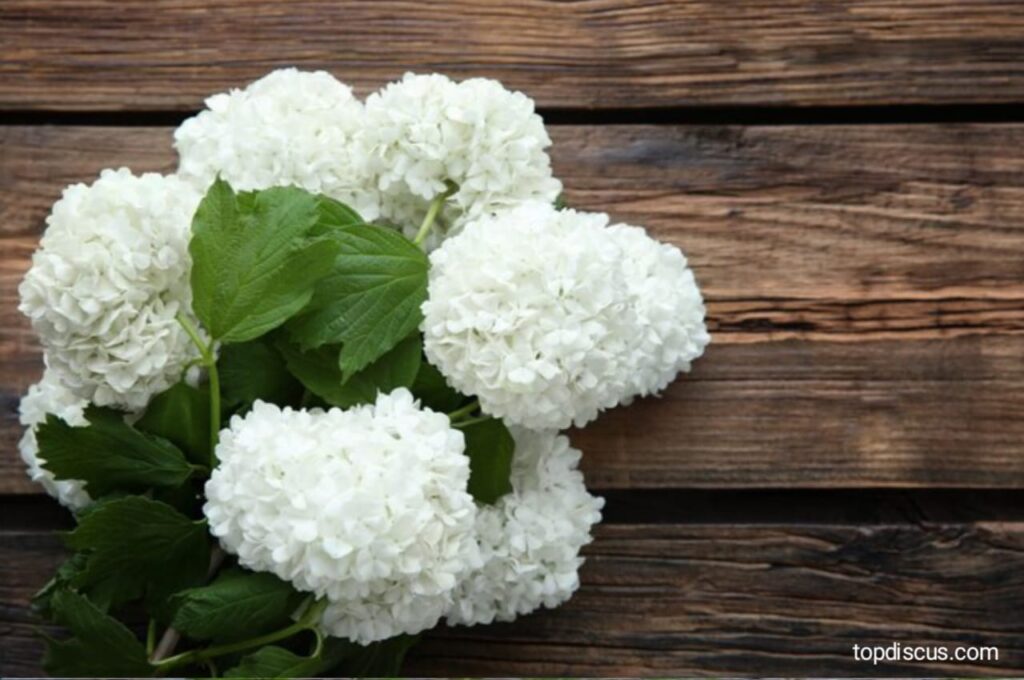 Hydrangeas are known for their globular blooms that vary in color from pink to blue, white, or even green, depending on the pH of the soil. The ability of the hydrangea to change color based on soil acidity levels is a marvel of nature. This vast array of colors gives gardeners a palette as varied as the seasons themselves
Hydrangeas are known for their globular blooms that vary in color from pink to blue, white, or even green, depending on the pH of the soil. The ability of the hydrangea to change color based on soil acidity levels is a marvel of nature. This vast array of colors gives gardeners a palette as varied as the seasons themselves
Hydrangeas are symbolic of gratitude, heartfelt emotion, and the changing seasons of life. They are a popular choice for celebrations and ceremonies, reflecting a spectrum of human experiences. Hydrangeas are not just pretty flowers — they’re full shrubs with green leaves that persist even after their blooms fade, providing year-round interest in a garden setting.
10. The Cherry Blossom, A Fleeting Tribute to Life:
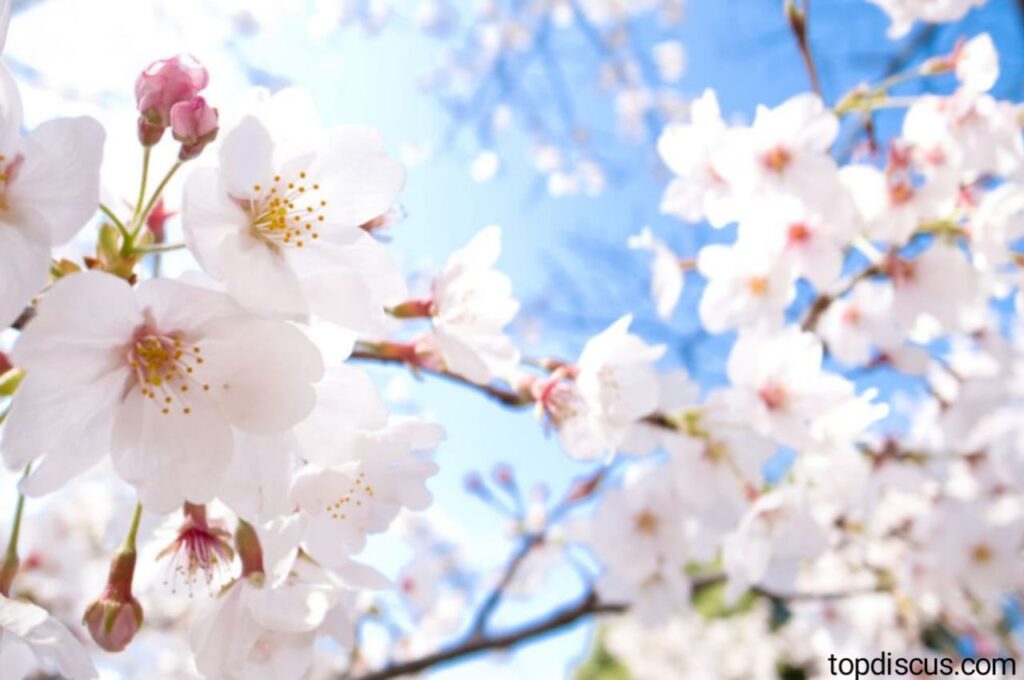 The ephemeral cherry blossom is a symbol of the fleeting, yet beautiful, nature of life. Cherry blossoms, or “sakura,” are celebrated in Japanese culture as a reminder of renewal and the transient nature of existence. The annual Hanami festival gathers crowds to observe and appreciate their short-lived magnificence.
The ephemeral cherry blossom is a symbol of the fleeting, yet beautiful, nature of life. Cherry blossoms, or “sakura,” are celebrated in Japanese culture as a reminder of renewal and the transient nature of existence. The annual Hanami festival gathers crowds to observe and appreciate their short-lived magnificence.
Beyond Japan, cherry blossoms have captured the imagination globally, symbolizing beauty, fragility, and the passage of time. From Washington, D.C., to the cherry tree-lined avenues in Paris, their brief blooming period invokes reflection. In modern times, cherry blossoms are a popular motif in art, fashion, and home decor, embodying the youth and vitality of spring. They remind us to live in the present and cherish the moments we have. Beautiful Flowers
Conclusion:
Flowers are nature’s poetry, speaking to our hearts in the language of color, fragrance, and beauty. Each floral variety represents a unique story, tradition, and set of meanings. This guide has aimed to unfold the complexity and charms of ten flowers that not only decorate our world but also enrich our lives with their presence.
In our exploration of these flowers, we’ve touched on their history, cultural significance, and tips for engagement.
We’ve ventured into the gardens of the world and the gardens of our hearts, finding that the essence of flowers extends far beyond their aesthetic appeal. It’s a story of connection — between people, nature, and the spaces we inhabit. As we part ways, I invite you to continue your voyage into the flower kingdom. Each petal is a verse to be discovered, each blooming a chapter in the grand narrative of our planet’s flora. The conversation with flowers is ongoing, and there is always more to learn, more to appreciate, and more beauty to uncover.
